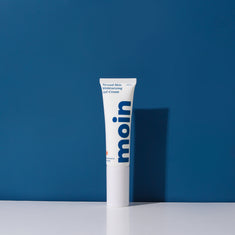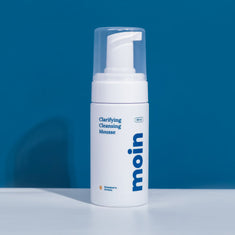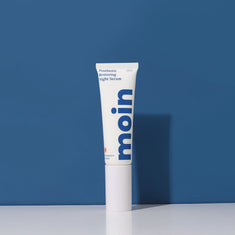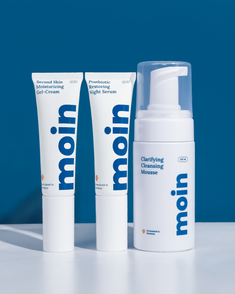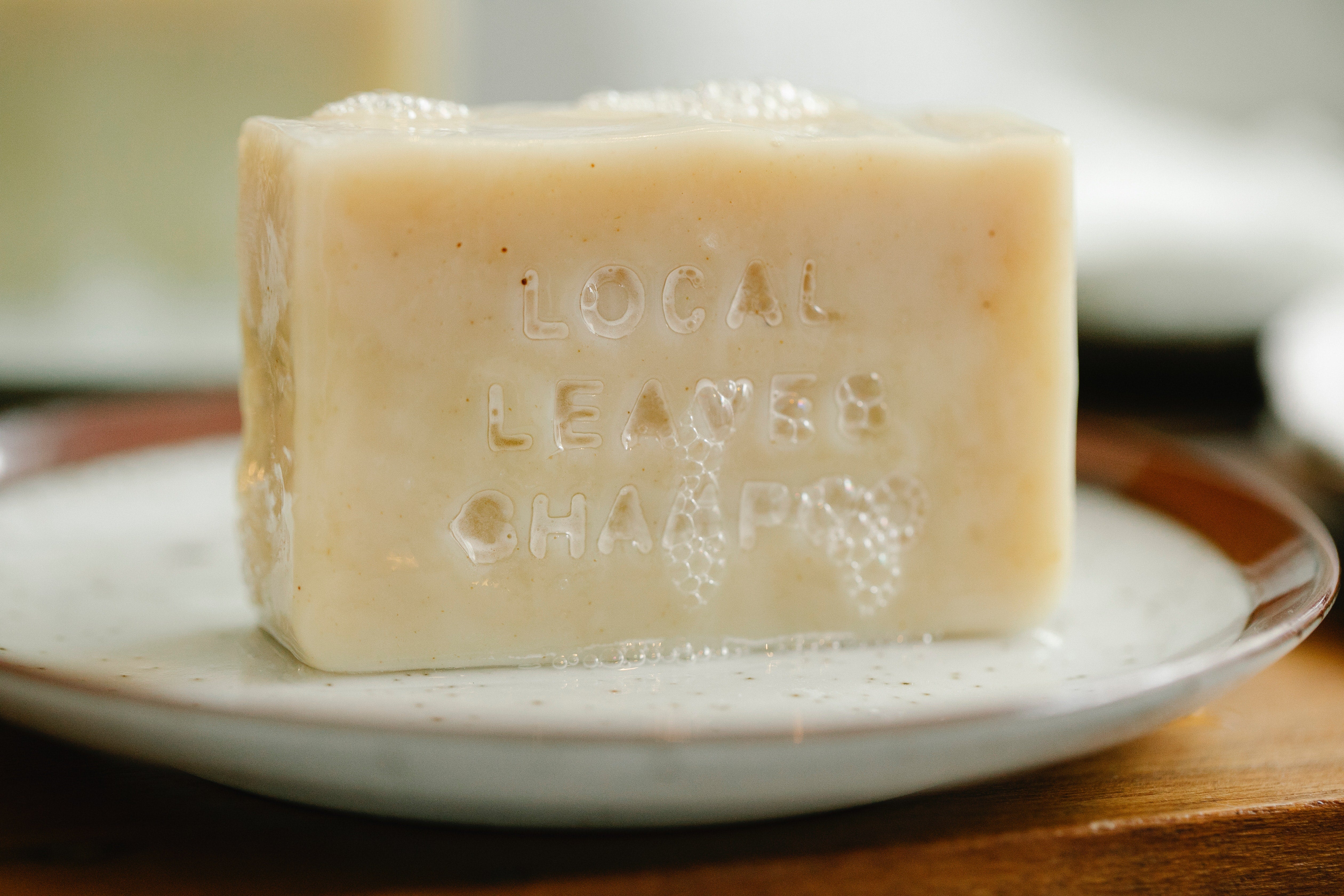The Science of Surfactants
When it comes to skincare, the science behind the products we use can be a bit of a mystery. One fundamental component that plays a crucial role in many skincare formulations is surfactants.
What are surfactants?
Surfactants, short for "surface-active agents," are compounds that have a unique molecular structure. One end of a surfactant molecule is hydrophilic (attracted to water), while the other end is hydrophobic (repelled by water). They are typically composed of two distinct components:
- Hydrophilic head: This part of the surfactant molecule is attracted to water. It is usually a charged or polar group, such as sulfate (SO4), carboxylate (COO-), or amino (NH2), which allows it to interact with water molecules.
- Hydrophobic tail: The hydrophobic tail is repelled by water and is typically a long carbon chain, often derived from a fatty acid or hydrocarbon. This hydrophobic portion interacts with oils, grease, and other hydrophobic substances.
The combination of these two opposing components in surfactant molecules allows them to lower the surface tension of a liquid (usually water) and enable the dispersion or emulsification of hydrophobic substances in aqueous solutions.
What are surfactants derived from?
Surfactants can be derived from various natural and synthetic sources.
Fatty acids
Fatty acids derived from natural sources like coconut oil, palm oil, or animal fats are used to produce many surfactants. For example, sodium lauryl sulfate and sodium lauroyl sarcosinate are derived from coconut oil. Our Calming Cleansing Stick is formulated with sodium cocoyl isethionate, which is also made of purified coconut oil.
Petroleum
Some surfactants, particularly synthetic ones, are derived from petrochemical sources. These surfactants are often used in industrial applications.
Sugar and starch
Surfactants can also be synthesized from carbohydrates, like glucose or cornstarch. These bio-based surfactants are considered more environmentally friendly. One of the examples on the market is Oramix CG 110 from SEPPIC, which is a non-ionic surfactant derived from sugar.
Amino acids
Amino acid-based surfactants are derived from amino acids, the building blocks of proteins. They are often used in mild and natural personal care products. Proteol is another range from SEPPIC, which utilizes amino acids from apple and oat to create anionic surfactant.
The role of surfactants in skincare
Surfactants are the workhorses in cleansers, responsible for breaking down oils, makeup, and dirt on the skin's surface. The hydrophilic end attracts water, allowing the surfactant to encapsulate and lift away hydrophobic impurities, effectively cleansing the skin. They can also generate foam when agitated in the presence of water. While not a necessary feature in all skincare products, foaming cleansers are popular for their ability to provide a satisfying and thorough cleanse. Remember, skincare is about consumer's perception. The very act of cleansing with a foaming product gives a tangible sense that something is happening, reinforcing the perception that the product is working effectively.
Apart from being the functional ingredient removing dirt on the skin, surfactants also work as emulsifier. Skincare products often contain a blend of water and oil-based ingredients. Surfactants facilitate the mixing of these two disparate phases, creating stable emulsions. This is particularly important in the formulation of creams and lotions.
Choosing the right surfactant in skincare
Selecting the appropriate surfactant is critical in skincare formulation. Factors like skin type, the product's purpose, and potential sensitivities should be considered. Not all surfactants are created equal; some are milder and more suitable for sensitive skin, while others are more effective in oilier skin or for removing stubborn makeup.
Additionally, it's important to maintain a balanced formulation, as excessive use of surfactants can disrupt the skin's natural barrier and cause dryness or irritation. A well-crafted skincare product combines surfactants with other beneficial ingredients to cleanse without harming the skin's protective barrier.
The science of surfactants is a key factor in creating skincare formulations that effectively cleanse, emulsify, and enhance the overall health and appearance of your skin. So, the next time you pick up a skincare product, you'll have a deeper appreciation for the role of surfactants in your daily routine.
